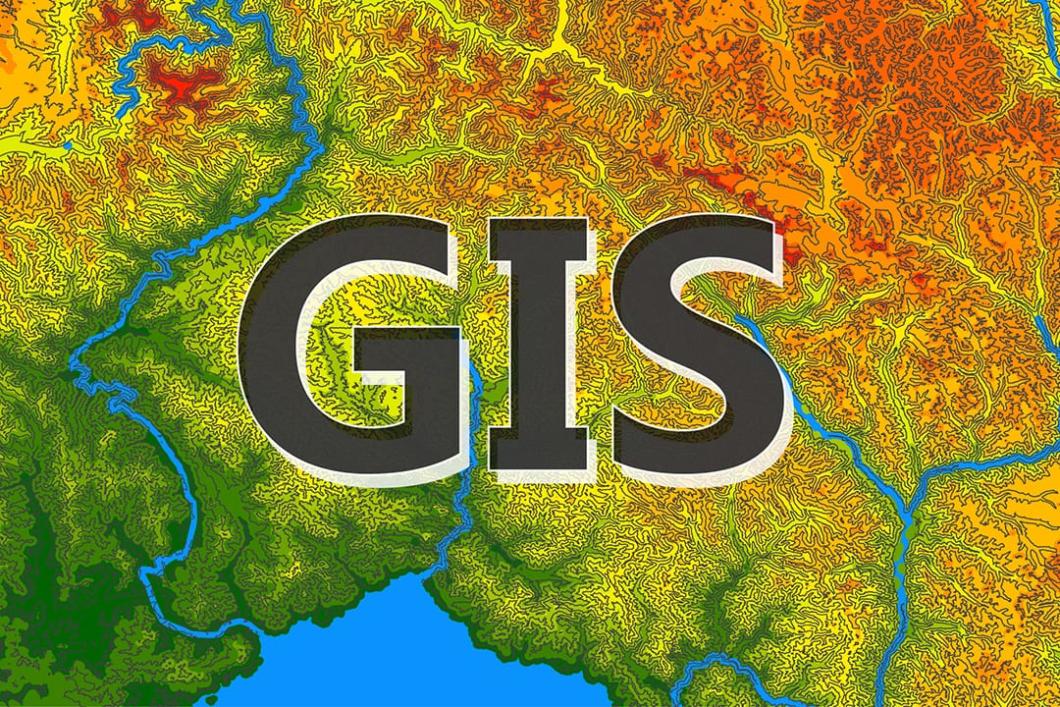Analyzing the Accuracy and Reliability of Satellite Data GIS for Various Applications
Satellite data GIS has revolutionized various fields, providing valuable insights into Earth's surface, environment, and resources. However, the accuracy and reliability of satellite data are crucial for ensuring the integrity and validity of the information derived from it. This article delves into the significance of accuracy and reliability assessment in satellite data GIS and explores the factors that influence these parameters.

Accuracy And Reliability Parameters
The accuracy and reliability of satellite data GIS are evaluated based on several key parameters:
Geometric Accuracy:
- Definition and Importance: Geometric accuracy refers to the precision with which satellite data represents the actual location of features on the Earth's surface.
- Factors Affecting Geometric Accuracy: Factors such as sensor type, resolution, and atmospheric conditions can impact geometric accuracy.
- Methods for Assessing Geometric Accuracy: Ground control points, image-to-image registration, and other techniques are used to assess geometric accuracy.
Radiometric Accuracy:
- Definition and Importance: Radiometric accuracy pertains to the fidelity with which satellite data represents the spectral characteristics of the Earth's surface.
- Factors Affecting Radiometric Accuracy: Sensor calibration, atmospheric conditions, and data processing techniques can influence radiometric accuracy.
- Methods for Assessing Radiometric Accuracy: Image histogram analysis, spectral validation, and other methods are employed to assess radiometric accuracy.
Temporal Accuracy:
- Definition and Importance: Temporal accuracy refers to the timeliness and frequency of satellite data acquisition, which is crucial for monitoring dynamic processes.
- Factors Affecting Temporal Accuracy: Satellite revisit time, cloud cover, and data acquisition frequency are factors that affect temporal accuracy.
- Methods for Assessing Temporal Accuracy: Time series analysis, change detection, and other techniques are used to assess temporal accuracy.
Applications And Accuracy Requirements
The accuracy and reliability requirements of satellite data GIS vary depending on the specific application:
Land Use/Land Cover Mapping:
- Accuracy Requirements: High accuracy is essential for land use/land cover mapping, as it aids in decision-making for urban planning, agriculture monitoring, and forest management.
- Examples of Applications: Satellite data GIS is used to create land use/land cover maps for urban planning, agricultural monitoring, and forest management.
Environmental Monitoring:
- Accuracy Requirements: Environmental monitoring requires accurate data to assess air quality, water quality, and natural disaster impacts.
- Examples of Applications: Satellite data GIS is used for air quality monitoring, water quality monitoring, and natural disaster assessment.
Disaster Management:
- Accuracy Requirements: Disaster management demands highly accurate data for flood mapping, earthquake damage assessment, and wildfire monitoring.
- Examples of Applications: Satellite data GIS is utilized for flood mapping, earthquake damage assessment, and wildfire monitoring.
Factors Affecting Accuracy And Reliability

Several factors influence the accuracy and reliability of satellite data GIS:
Satellite Sensor Characteristics:
- Spatial Resolution: The spatial resolution of a sensor determines the level of detail that can be captured in the satellite data.
- Spectral Resolution: The spectral resolution of a sensor determines the number of spectral bands available for analysis.
- Radiometric Resolution: The radiometric resolution of a sensor determines the sensitivity of the sensor to variations in electromagnetic radiation.
- Geometric Resolution: The geometric resolution of a sensor determines the accuracy with which the sensor can locate features on the Earth's surface.
Data Processing Techniques:
- Pre-processing Techniques: Pre-processing techniques, such as radiometric correction and geometric correction, are applied to improve the quality of satellite data.
- Image Enhancement Techniques: Image enhancement techniques, such as filtering and sharpening, are used to enhance the visual appearance of satellite data.
- Classification Techniques: Classification techniques, such as supervised classification and unsupervised classification, are used to extract information from satellite data.
Ground Truth Data:
- Importance of Ground Truth Data: Ground truth data is essential for accuracy assessment, as it provides reference information for comparison with satellite data.
- Methods for Collecting Ground Truth Data: Ground truth data can be collected through field surveys, aerial photography, and GPS measurements.
Accuracy Assessment Techniques
Accuracy assessment techniques are employed to evaluate the accuracy and reliability of satellite data GIS:
Quantitative Accuracy Assessment:
- Overall Accuracy: Overall accuracy measures the proportion of correctly classified pixels in a satellite image.
- Kappa Coefficient: The Kappa coefficient is a measure of agreement between the classified satellite image and the reference data.
- Producer's Accuracy: Producer's accuracy measures the proportion of correctly classified pixels for each class in the reference data.
- User's Accuracy: User's accuracy measures the proportion of correctly classified pixels for each class in the classified satellite image.
Qualitative Accuracy Assessment:
- Visual Interpretation: Visual interpretation involves examining the classified satellite image and comparing it with the reference data to identify errors.
- Expert Opinion: Expert opinion involves consulting experts in the field to evaluate the accuracy of the classified satellite image.
- Comparison with Other Data Sources: Comparison with other data sources involves comparing the classified satellite image with other sources of information, such as maps or aerial photographs, to identify errors.
The accuracy and reliability of satellite data GIS are crucial for ensuring the integrity and validity of the information derived from it. Various factors, including satellite sensor characteristics, data processing techniques, and ground truth data, influence the accuracy and reliability of satellite data GIS. Accuracy assessment techniques are employed to evaluate the accuracy and reliability of satellite data GIS. The findings from accuracy assessment have implications for various applications, such as land use/land cover mapping, environmental monitoring, and disaster management. Future research and development efforts should focus on improving the accuracy and reliability of satellite data GIS and exploring new applications for this valuable technology.
YesNo

Leave a Reply